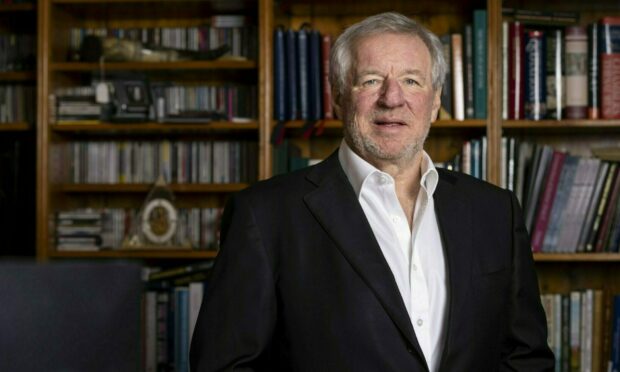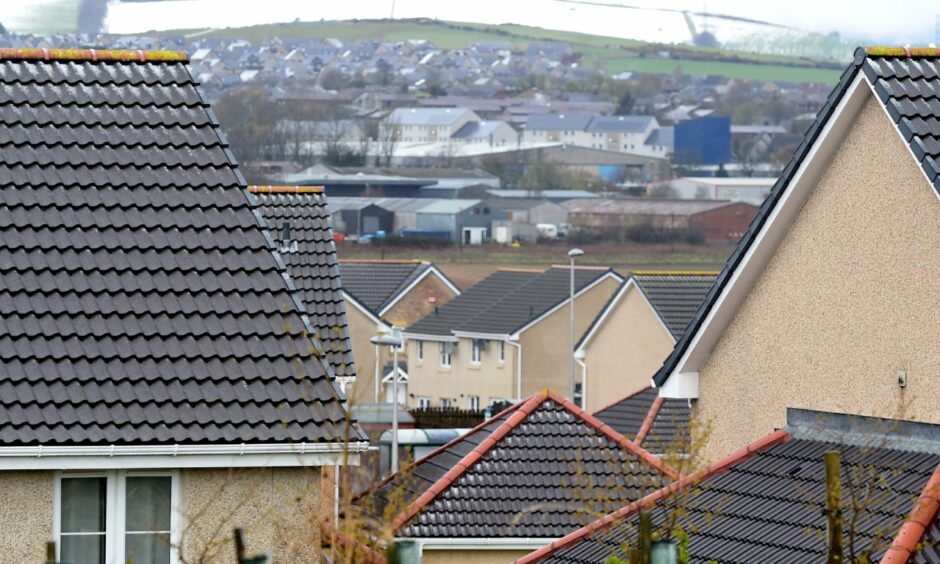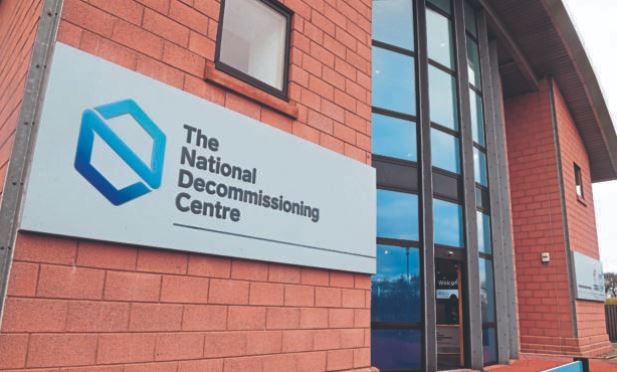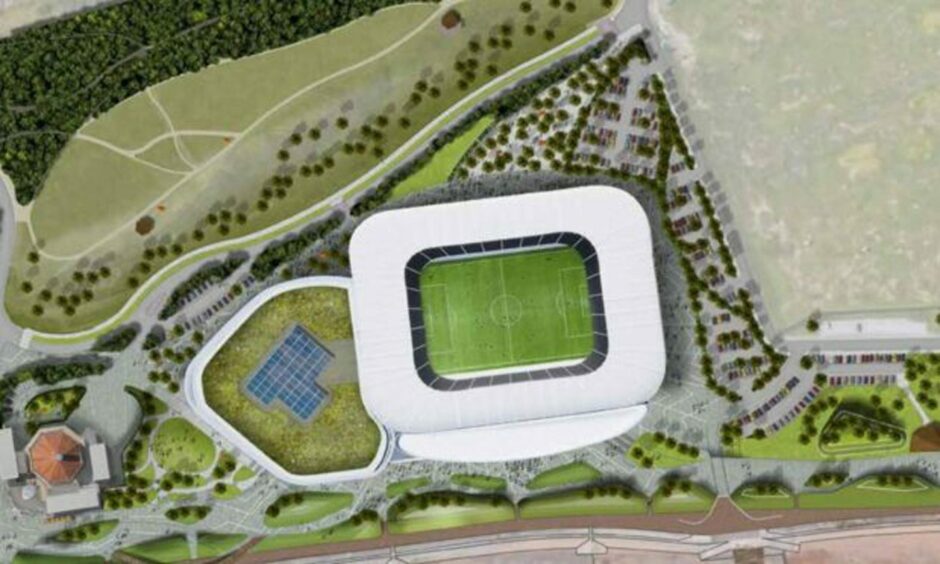While the cost-of-living crisis is giving rise to difficult decisions across the country, the construction industry is experiencing what has been dubbed its “cost-of-building crisis”.
Prices for metals, minerals and diesel are rising at alarming rates.
This means the basic materials the construction sector relies on are becoming more expensive.
During times of economic strain, governments often look to “build our way out of recession” by developing ambitious infrastructure projects as a way to kick-start the economy.”
As you may have read, Russia’s invasion of Ukraine has cut the supply of iron and steel from both countries.
On top of that, Russian and Belarusian timber exports are under sanctions and the energy crisis continues to impact manufacturing.
It all adds up to creating very considerable pressures for the supply chain the construction sector relies on.
During times of economic strain, governments often look to “build our way out of recession” by developing ambitious infrastructure projects as a way to kick-start the economy.
But, as we saw from the recent G20 meeting, today’s global outlook is increasingly complicated and when you combine that with shrinking public finances, the options available to policymakers are limited.
Industry ‘under real pressure’
Closer to home, our housing industry is under real pressure. Builders and estate agents are watching nervously as the full impact of the cost-of-living, lower household incomes and rising mortgage rates begin to bite.
At the same time, landlords are leaving the rental business, saying the pressure of higher interest rates and rent freezes are financially unworkable.
This paints a very disappointing picture, especially given the post-pandemic bounce back in housebuilding in 2021, which saw a 26% increase in completed homes compared to the previous year. A tremendous effort in the face of Covid.
Housebuilders still active
Tough as it is, the industry continues to do its best.
Inverurie-based Malcolm Allan has submitted plans to Aberdeen City Council to build 30 affordable homes on the site of the former Braeside Primary School in the west end of Aberdeen.
Another 4,000 energy-efficient and affordable homes are due to be built across 12 locations, including Banchory, Inverurie, Newburgh, Fyvie and Turriff, as part of the proposed local development plan for Aberdeenshire.
Infrastructure is where real growth could come from.
Of particular importance to the north-east is the levelling up agenda – a UK Government priority outlining a fairer geographical spread of economic, academic and cultural opportunity across the whole of the UK.
At the time of writing, the UK and Scottish governments have a unique opportunity to unleash the region’s full energy potential and support the bid for the North East Scotland Green Freeport.
Green freeport status would transform the region into a global leader of clean energy and see the north-east become the net-zero capital of Europe. It would stimulate significant regeneration and help both governments meet their commitments on net-zero greenhouse gas emissions.
It would also create thousands of high-quality jobs, with green freeport status harnessing the abundance of talent and experience across the region.
Major contracts for north-east firms
Ace Winches, based at Towie Barclay Works, near Turriff, is a contractor for the construction of the world’s largest offshore wind farm, Dogger Bank, which will be capable of providing energy for six million homes when it is up and running.
Ace also worked on the Beatrice and Moray East wind turbine projects.
The new round of oil and gas licences offers openings for firms in traditional offshore development, while a major new £2 million decommissioning facility is being built by Ellon-based engineering firm SengS at the National Decommissioning Centre in Newburgh.
The situation for commercial construction and infrastructure projects is promising as well.
Last year Newburgh-based KR Group secured contracts worth more than £4m, which included working as sub-contractor in partnership with Chap Construction on a bespoke facility for Film-Ocean in Ellon.
And a large project for Bancon Construction will see KR Group deliver a new microbial identification laboratory at Wellheads in Dyce, Aberdeen.
To my mind, infrastructure should be transformative and be built to provide lasting social and economic value for everyone.
Opportunities ahead
One particular project that stands out for me is the latest plan for a new ground for Aberdeen Football Club.
Working with the city council, the club commissioned Aberdeen and Grampian Chamber of Commerce and MKA Economics to look at the impact the new ground could have as a community sports stadium and centrepiece of Aberdeen’s beachfront regeneration.
Their report, published last month, estimated the build would generate £80m in new construction activity, create around 400 jobs and pump an extra £20m annually into the local economy.
At times like this, whether it is wind turbines, laboratories or football grounds, infrastructure has the ability to create long-term growth and prosperity for future generations, and bring about the transition towards a resource-efficient, sustainable economy.
The opportunities are there for the taking.
Martin Gilbert is co-founder and former chief executive of Aberdeen Asset Management and chairman of AssetCo, Toscafund and Revolut




Conversation